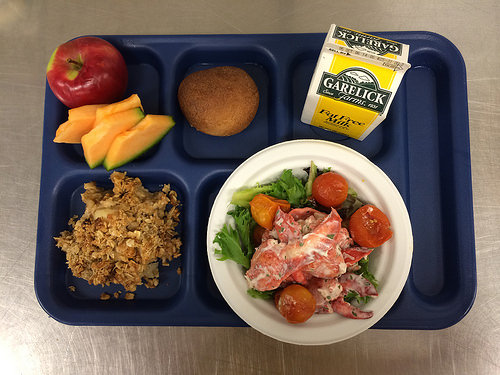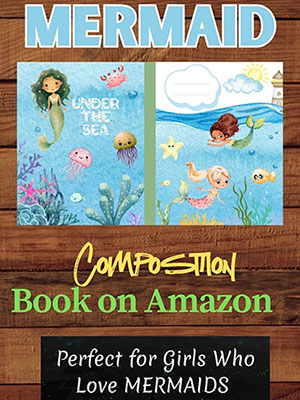Though it’s often thought of as an indulgent dish, lobster can actually be incredibly healthy, especially for little ones. Kiddos can grow up healthy and strong with a diet that includes nutritional seafood options like lobster. Learn more about the health benefits of eating lobster and tips for ensuring your kids’ lobster meals are healthy rather than heavy.
Nutritional Info
 Image via Flickr by Tim Pierce
Image via Flickr by Tim Pierce
When it comes to the numbers, lobster has some impressive health stats. One cup of Northern lobster cooked with moist heat is an excellent source of protein with 28 grams. It contains just 129 calories and has a negligible amount of fat. Plus, it has no carbohydrates. Lobster also contains healthy vitamins, like B vitamins and vitamin E, and several nutritious minerals. It’s also a source of omega-3 fatty acids.
Health Benefits
There are numerous health benefits of eating lobster for kids, including:
- The protein content of lobster makes it especially good for kids’ diets. Lobster has about 16 percent of the daily recommendation for protein, which aids in healthy growth and development and gives kids a solid source of energy.
- The low calorie content ensures that it won’t fill kids up with energy that leaves them feeling great at first but drained later on.
- The B vitamins in lobster help with neurological function and red blood cell formation.
- Vitamin E help prevent damage to cell membranes and makes sure your child’s body can absorb other important nutrients, like vitamins A and C.
- The many minerals in lobster; especially magnesium, zinc, potassium, and phosphorous; improve cell function, glucose regulation, neurological health, and bone health, which are all crucial for growing children.
- Because lobster also contains omega-3 fatty acids, it’s helpful for boosting mood and brain development in young kids.
- Lobster can also be a smart choice for heart health since omega-3s help to reduce the risk of blood clots, lower high triglyceride levels, and prevent heartbeat abnormalities.
Tips for Healthy Lobster Dishes
 Image via Flickr by USDAgov
Image via Flickr by USDAgov
Though lobster can be healthy, it’s often served in a not-so-healthy preparation that includes creamy sauces or tons of butter and salt. To make your lobster meals healthier, start by getting yours from a trusted supplier like Lobster Place. Only add a very small amount of salt for seasoning (if any). In addition, don’t use any butter for dipping or cream sauce preparations. Lemon and olive oil are two much healthier options to create a delicious dish. You can also add vegetables to the preparation to pump up the health benefits and boost the flavor for your little ones.
Age Considerations
Because shellfish allergies are fairly common, the American Academy of Pediatrics recommends waiting to introduce lobster to your child’s diet. If your family has no history of allergies, your child can start eating lobster once they reach six months of age. Families with allergies or asthma in their medical history should wait a bit longer, often until around seven years old. Regardless, check with your child’s pediatrician to be sure before adding lobster to the menu for your little one.






Speak Your Mind